Following WWII’s end, two groups of Chamorros returned to the Marianas after living on Yap in the Carolines for several decades.
Formerly Saipan-based Chamorro families were the first to depart Yap in 1946, returning to Saipan and leaving behind a sizeable group of Chamorros who would later be repatriated to Tinian in 1948.
There were close to 500 Chamorros on Yap when WWII broke out, about half of whom returned to Saipan in 1946 and the remainder went home to Tinian two years later.
Anthropologist and scholar Alexander Spoehr, in a journal article about Tinian Chamorros, traced the history of the depopulation and repopulation of the islands.
During the colonial administration of the Marianas islands, from the Spanish through the Japanese periods, scores of Chamorros left and lived on the island of Yap, wrote Spoehr in his journal article, “Tinian Chamorros” .
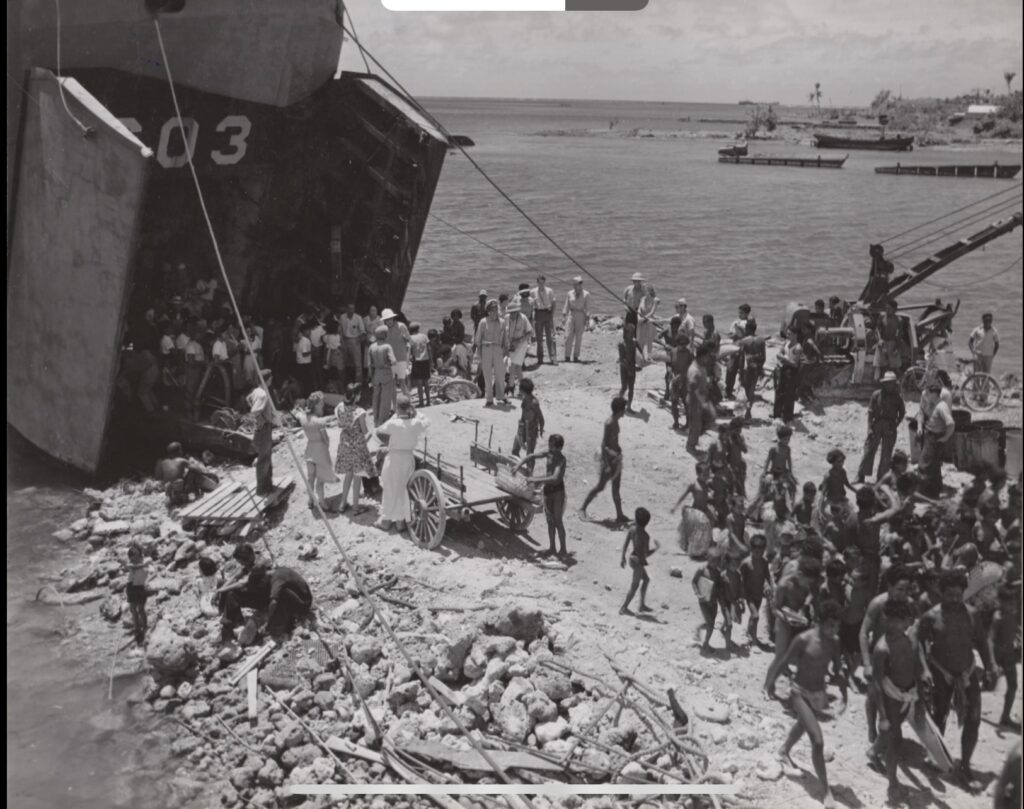
He said the first batch of Chamorro settlers on Yap were originally from Guam, while the later transplants were from Saipan during the German, and later, Japanese administration of the Northern Marianas.
Germany acquired the Northern Marianas in 1899 and their administration of the islands lasted until October 1914 when Japan took over.
Several families from Saipan started moving to Yap from the German through the Japanese periods.
Spoehr said the Yap Chamorros distinguished those who came from Saipan.
Meanwhile, local historian Pale Eric Forbes, Capuchin Superior for Guam and Hawaii, talked about Chamorros who lived on Yap on his blog, www.paleric.blogspot.com.
Although Chamorros had been traveling the world for thousands of years, Pale Eric said the establishment of a colonial government on Yap in 1886 by the Spaniards provided the impetus for the relocation of the Chamorros there.
He said those from Guam relocated to Yap as teachers and settlers. One of these teachers, he said, was Ascension Martinez Cruz, who met and married Spanish soldier Pascual Artero y Saez who was stationed on the island. He said the Arteros moved back to Guam when during the inchoate years of the American administration.
“Some of the Chamorro families that settled in Yap were the Untalan, Cruz and Diaz families,” wrote Pale Eric.
Yap Chamorros kept their language, customs
Spoehr wrote that there were 422 Chamorros living mostly in Yap town by the outbreak of World War II, while some were “dispersed in outlying districts”.
He said the Chamorros on Yap speak Chamorro at home but learned to speak Yapese and Japanese.
Before the war, Chamorros were engaged in copra business as traders; some owned sailing boats; one owned a commercial fishing boat. There were barbers, carpenters, cable and radio operators, cooks, among other occupations.
Spoehr noted that eking out a living on Yap had not been difficult for the Chamorros until WWII came to Yapese shores and destroyed the trading economy, leaving most of them in hand-to-mouth existence.
He also underscored the difficulty of figuring out the impetus for the repatriation of the Chamorros back to the Marianas owing to scant evidentiary record. The Yapese administration did foot the bill for their relocation; however, Spoehr said there was no evidence that coercion was exercised.
The Chamorros, he said, were even told to come back to Yap in the event they found conditions in the Marianas unsatisfactory.
Pale Eric Forbes had a somewhat similar story: the Yapese chiefs asked the U.S. Trust Territory government to repatriate the Chamorros because the Yapese natives wanted Yap “free of sizeable minority,” not because of hostility or hatred.
WWII on Yap
Not only were the Chamorros impacted by the destruction of the local economy, some of them were taken to Palau by the Japanese and executed.
Spoehr wrote the Spanish Jesuit in residence, together with a lay brother, a Filipino weather observer and his Chamorro wife and children were taken to Palau where they were executed. ‘
Pale Eric had more details. On his blog he identified the wife as a member of the Untalan family who was married to a Filipino whose last name was Hondonero. Their family was killed in Palau in September 1944.
Post WWII
When war was over, the Yapese wanted to set up their own government and “politely requested that the Chamorros be returned to their home islands….” (Modern History of Northern Mariana Islands by Don Farrell)
The United States Navy’s Civil Affairs Division, in charge of the administration of the Pacific islands, offered to bring the Yap Chamorros back to either Saipan or Tinian, offering a similar amount of land they had on Yap.
So the later migrants to Yap returned to their point of origin, Saipan, while Chamorros who originally came from Guam chose to relocate to Tinian.



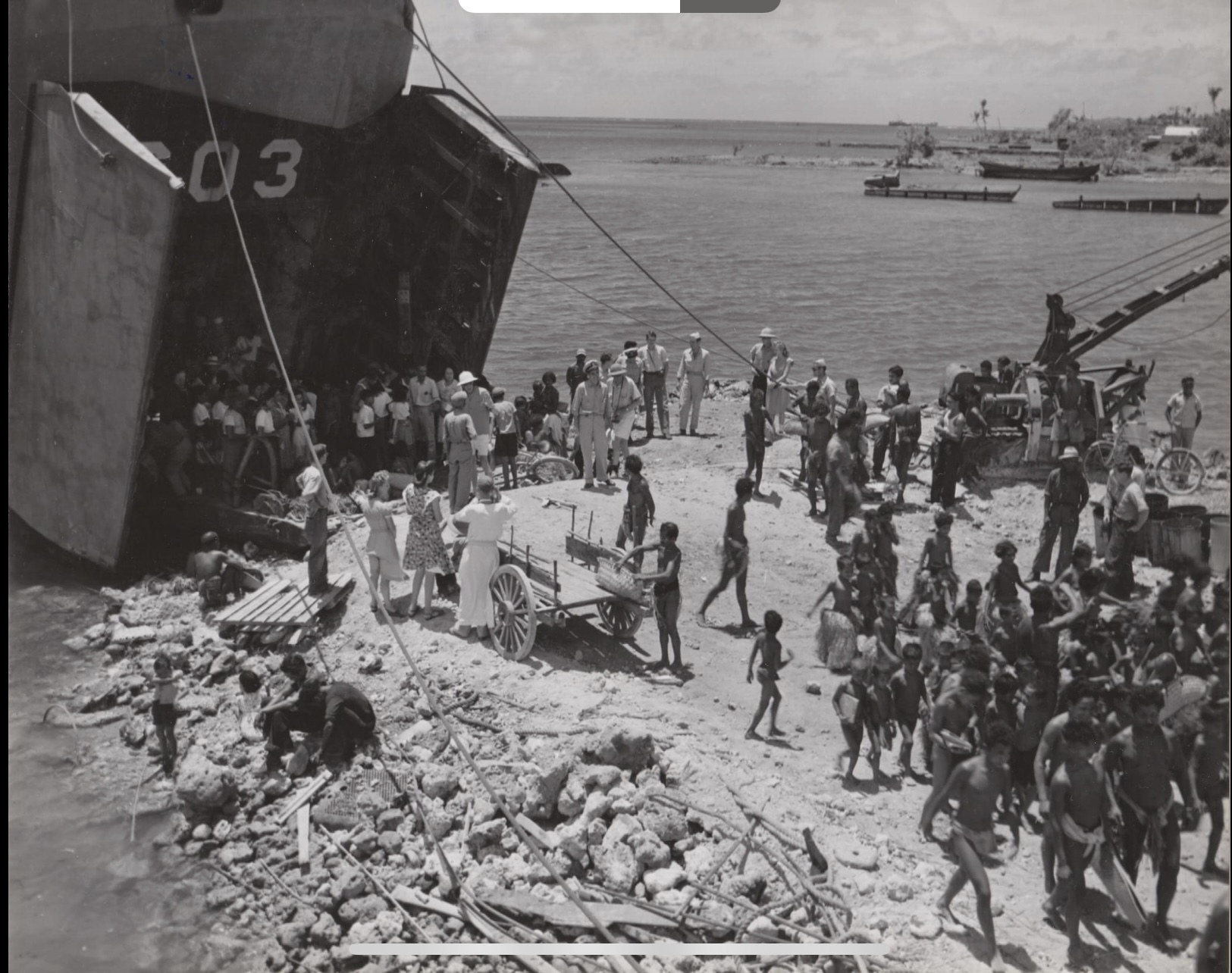
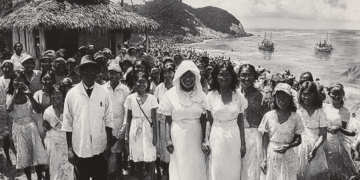
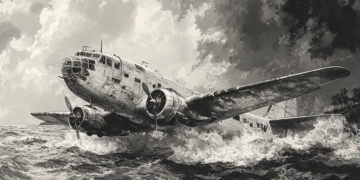
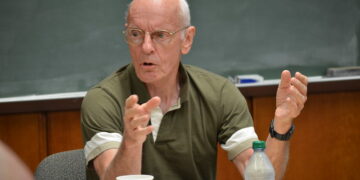
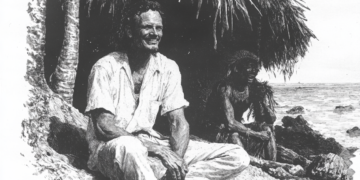
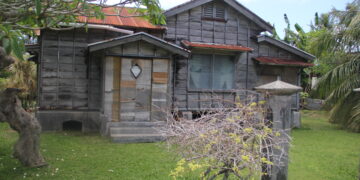
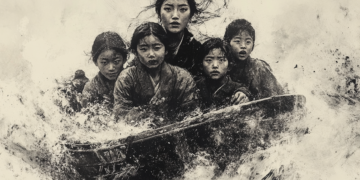



Discussion about this post